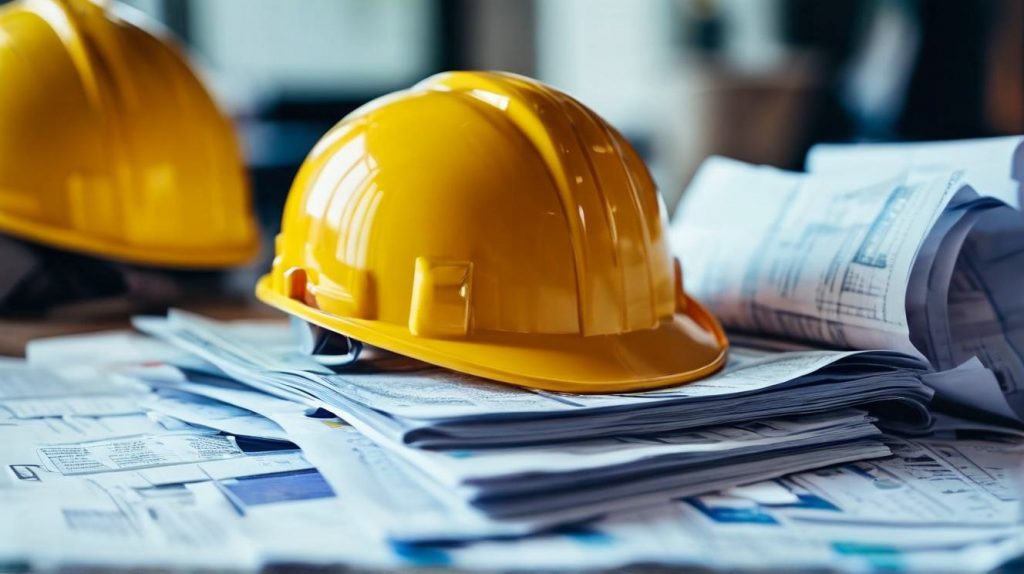
The Importance of Quality Control in Construction Projects
Quality control is a critical component of any construction project, ensuring that the final structure meets design specifications, safety standards, and client expectations. Without effective quality management, projects risk delays, defects, and increased costs. This guide explores the importance of quality control in construction and outlines steps to maintain high standards throughout the building process.
Quality Control in Construction
Quality control in construction involves monitoring and evaluating all aspects of the building process to ensure compliance with specifications and standards. This includes assessing materials, workmanship, and equipment used on-site. Effective quality control ensures durability, safety, and functionality in the finished project.
Ensuring Quality in Building Projects
Maintaining quality begins with clear communication of project requirements to all stakeholders. Builders, architects, and contractors must work collaboratively to align their efforts with the project’s goals. Using high-quality materials, adhering to best practices, and employing skilled labor are essential for achieving superior results.
Common Quality Issues in Construction
Quality issues in construction often arise from poor materials, inadequate supervision, or rushed timelines. Common problems include cracks in walls, water leakage, uneven surfaces, and improper installations. These defects can compromise structural integrity, increase maintenance costs, and reduce the building’s lifespan.
Quality Control Steps for Builders
- Pre-Construction Planning: Develop a detailed plan outlining quality objectives and standards.
- Material Selection: Source materials from reputable suppliers and verify their compliance with specifications.
- Training and Supervision: Ensure workers are trained in quality practices and regularly supervised.
- Regular Inspections: Conduct inspections at key stages to identify and address issues promptly.

Managing Construction Quality Assurance
Quality assurance focuses on proactive measures to prevent defects. This includes establishing clear workflows, implementing robust quality management systems, and ensuring adherence to industry standards. Documenting procedures and inspections helps track compliance and facilitates accountability.
Construction Standards and Compliance
Compliance with construction standards is non-negotiable for ensuring safety and legality. National and local building codes set minimum requirements for structural integrity, fire safety, and accessibility. Meeting these standards not only prevents legal issues but also protects the end-users of the building.
Preventing Defects in Construction
Preventing defects starts with thorough planning and precise execution. Use detailed blueprints and specifications to guide the construction process. Implementing advanced technologies like Building Information Modeling (BIM) can help identify potential issues before construction begins. Regular training and clear communication reduce errors caused by human oversight.
Construction Inspection Process
Inspections are integral to quality control, verifying that each phase of the project meets set standards. Inspections typically include reviewing structural elements, electrical systems, plumbing, and finishes. Engaging third-party inspectors adds an extra layer of objectivity to the process.
Importance of Site Inspections
Site inspections ensure that construction activities align with plans and regulations. They help identify non-compliance, hazards, and defects early, preventing costly corrections later. Frequent inspections build confidence among stakeholders that the project is progressing as intended.
Construction Quality Control Checklist
A comprehensive quality control checklist is a valuable tool for maintaining standards. Key items include:
- Verifying material quality and storage conditions.
- Ensuring proper installation of structural components.
- Checking alignment and dimensions of critical elements.
- Inspecting finishes for uniformity and precision.
- Confirming adherence to safety protocols.
Conclusion
Quality control in construction is vital for delivering safe, reliable, and aesthetically pleasing buildings. By following structured processes, maintaining compliance with standards, and conducting regular inspections, builders can prevent defects and meet client expectations. A strong focus on quality ensures long-term durability and enhances the reputation of all stakeholders involved in the project.